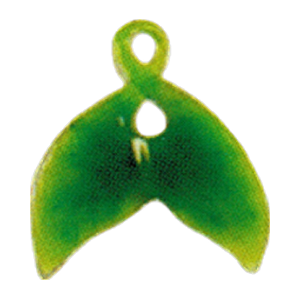new and perfect worm extrusion
- In the sixth week of gestation, the human embryo possesses a tail, complete with several vertebrae. In the next couple weeks of development, however, the tail disappears, and over time the vertebrae fuse to form the coccyx, or tailbone, in the adult. Humans and their ape relatives are distinguished from other groups of primates in part by their taillessness, though it is unclear why apes lost their tails. On rare occasion, a human infant is born with a vestigial tail. In modern medical literature, such tails lack vertebrae and typically are harmless, though some are associated with spina bifida (failure of the vertebrae to completely enclose the spinal cord). Tails in human infants typically are removed through surgery without complication.


